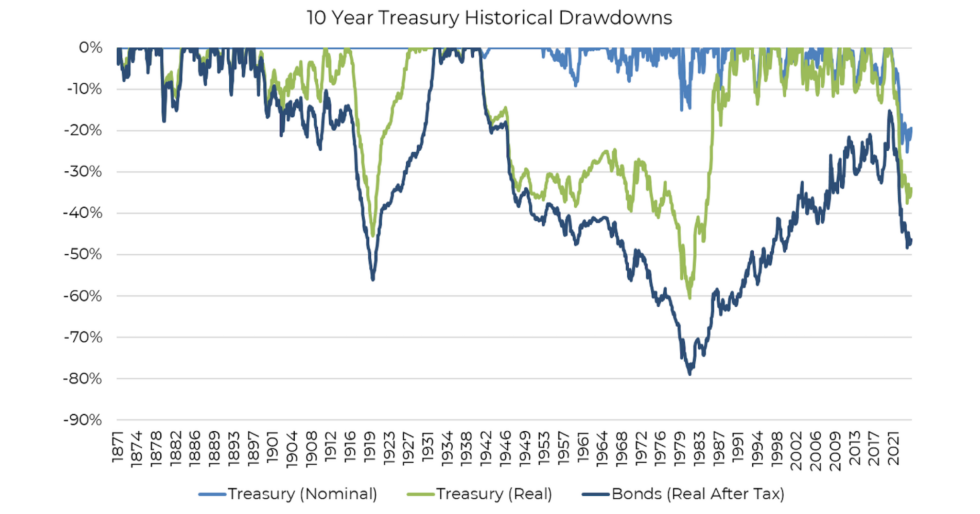Blockchain and cryptocurrency hype has dramatically risen and fallen, and ebbed and flowed, throughout the last five years. From Bitcoin reaching an all-time high in price in November 2021, to it having lost two-thirds of its value just seven months later – the crypto market’s reputation for volatility has certainly been justified.
To understand whether there is space for crypto and blockchain technology in the future of payments, or if it is doomed to fail, we hear from Ripple, the real-time gross settlement system, currency exchange and remittance network.
Volatility is far from the only thing that has scared people off of the space, however. The concepts of crypto and blockchain are very much intertwined and, when the major cryptocurrency exchange FTX collapsed in November 2022, both took a huge hit in terms of reputation.
Ever since, firms in the sector have been quietly working away to restore confidence in blockchain technology especially. August 2023 saw PayPal, the trusted global online payment fintech, launch its own new stablecoin ‘PayPal USD‘. Backed by the US dollar, the move once again highlighted that the future of payments and money may lie within digital currencies.
Also in August, Solana Pay, the decentralised, open-source, peer-to-peer payments protocol built on the Solana blockchain, also became available to millions of businesses as an approved app integration with Shopify, the global commerce company providing internet infrastructure for commerce.
The following month, Visa announced it now enables its partners to send or receive USDC settlement payments via the Solana blockchain.
Significantly, this news highlights a number of real-world use cases that consumers can immediately actively engage with: once again placing blockchain back on the path to success.
“The very real benefits of blockchain-based payments”
Brendan Berry, head of payment products at Ripple, shares his thoughts with The Fintech Times on the significance of these developments for the future of the crypto and blockchain space.
“These initiatives, along with other recent moves from Citi and JP Morgan, represent a clear and practical use case for blockchain technology for everyday use. Payments are the ‘killer app’ the industry has been looking for when it comes to jumpstarting mainstream adoption of crypto and blockchain.
“PayPal, Visa, and Shopify are major players in traditional finance and commerce, and by adopting blockchain technology, these companies provide broader industry validation that blockchain has moved beyond delivering conceptual value, demonstrating that this technology is the solution to solving the long-standing customer pain points in payment inefficiencies.
“Additionally, they’re exposing a new generation of users to the very real benefits of blockchain-based payments like instant settlements, lower transaction fees, borderless commerce, and overall cost savings.”
To gain more insight into the benefits, barriers and future of blockchain-based payments, we asked Berry a number of important questions:
What are the barriers to integrating blockchain technology into payments?
“Barriers to entry for most organisations in integrating blockchain technology have historically been centred around the knowledge required to navigate the space effectively, often requiring in-house expertise. Additionally in the last few years, we’ve seen significant maturation in the industry in many respects – usability, liquidity, and regulatory clarity across many geographies.
“But today, we’re seeing a massive shift as the industry has become more established and the focus of developers and builders in the space is creating real utility based on the inherent benefits of crypto and blockchain.”
How could blockchain adoption in e-commerce impact the global perception of crypto and blockchain?
“The adoption of blockchain technology for e-commerce or merchant payments is yet another promising example of the technology moving beyond speculative or theoretical stages to make a meaningful impact on the lives of people.
“Crypto can help e-commerce companies expand into new markets, attract new customers and streamline global transactions and lower transaction costs. While online shopping options may seem ubiquitous and sophisticated, the reality is that the e-commerce industry has a lot of room for maturation. From basic payment operations and infrastructure to the end-user experience, businesses have an opportunity to realise significant improvements in efficiency and customer engagement.”
What problems can blockchain technology solve for cross-border transactions?
“Blockchain technology has proven to be immensely beneficial when it comes to cross-border payments and remittances. Leveraging cryptocurrencies for cross-border payments enables real-time settlements and significantly lower transaction costs compared to traditional money transfer services. These benefits apply at scale and impact the overall costs for individuals and institutional users alike.”
Is there space for both crypto and stablecoins for payments in the long term?
“There is ample space for both crypto and stablecoins in the payments space – from digital assets to stablecoins and CBDCs, each fills a distinct need and use case that isn’t mutually exclusive in its ability to provide value or utility for different transaction needs.”
As the e-commerce space gradually adopts more blockchain technologies, how might this trend impact the wider payment space?
“As we continue to see wider adoption of blockchain technology in e-commerce and consumers start to feel the very real benefits to their wallets, I anticipate the demand will increase across the finance industry. By removing the middleman between merchant and consumer, consumers may start to wonder why the middleman exists at all in our current system.”
What other trends should we expect to see in the payments space in the near future?
“To continue the momentum of blockchain adoption within the payments systems, it’s important to onboard large enterprises through visible real-world use cases and provide the opportunity to easily test the crypto waters – hesitation stems from lack of history and complicated onboarding and offboarding processes. In the future, we can expect to see mass developments of key infrastructure components such as on- and off-ramps between crypto and fiat currencies to attract enterprises and leverage blockchain technologies as a reliable payment solution.”






































